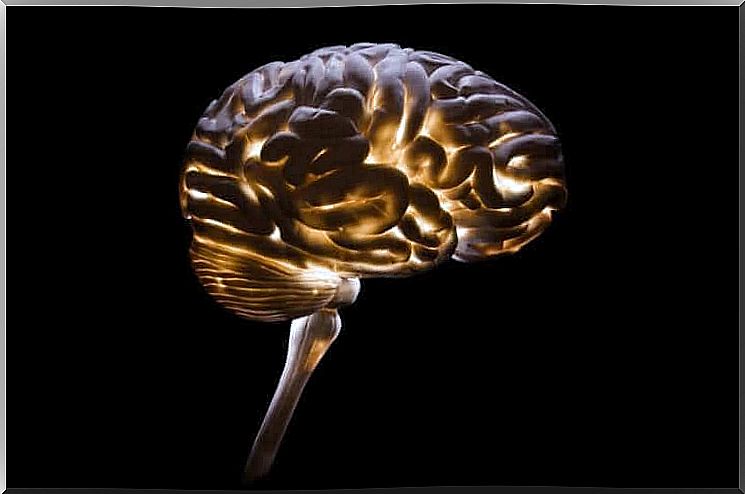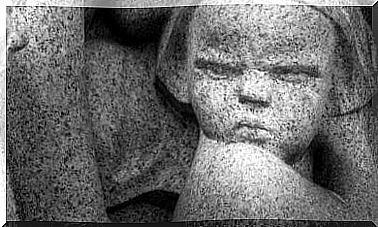The Legacy Of Chernobyl: The First Genetic Study
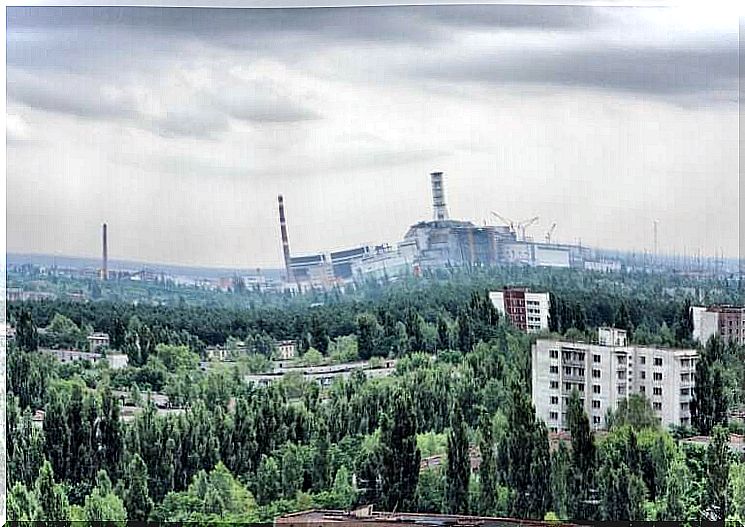
The biggest accident in nuclear history happened in the city of Chernobyl in 1986, shocking the rest of the world. Many questions remain unanswered to this day.
However, one of the biggest questions that has been raised seems to have been answered 35 years after the disaster. The first genetic study of the descendants of those affected by the terrible nuclear accident has recently been published, and the findings are truly encouraging.
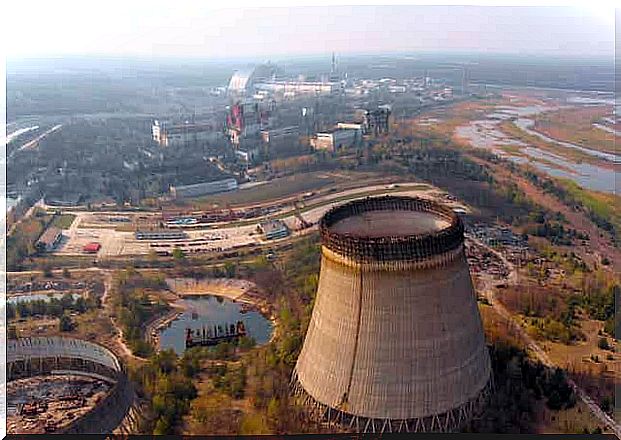
The consequences of a disaster
April 25 and 26, 1986 marked a turning point in the history of the world. On these dates, the worst nuclear accident in history took place in the city of Chernobyl (Ukraine).
On the 25th, routine maintenance began on the fourth reactor of the Vladimir Ilyich Lenin nuclear power plant. However, during this test, the workers did not follow safety protocols, which suddenly increased the power of the plant’s core.
Attempts to shut down the reactor failed. The increase in power caused a chain reaction of explosions inside.
The worst happened then. The reactor core was exposed and released radioactive material into the atmosphere. Two people died directly from the explosions and several were hospitalized. However, the great danger remained unresolved.
Delayed action and avoidable consequences
On the other hand, the neglect continued. The area around the plant was not evacuated until several hours after the explosions.
The fact is that up to 30% of Chernobyl’s 190 metric tons of uranium ended up in the atmosphere. Initially, 28 people died as a result of the accident, and more than 100 were injured.
Subsequently, the United Nations Scientific Committee for the Study of the Effects of Ionizing Radiation reported that more than 5,000 children and adolescents developed thyroid cancer as a result of this exposure, although several experts also remitted in question these figures.
The future of Chernobyl
The disaster, shrouded in secrecy, marked a turning point in the Cold War and in the history of nuclear energy. There were too many unanswered questions surrounding the accident.
Are you wondering what happened to this fourth reactor? His remains are inside a massive steel containment structure that was developed in late 2016. All containment and surveillance efforts continue today and work is expected to last until 2065 at the earliest.
What is certain is that the impacts on the physical and mental health of those present at the time as well as of the following generations remain a center of interest. We now know the results of the first genetic study carried out on subsequent generations of people who survived the disaster.
The results of the first genetic study on Chernobyl
In this way, one of the biggest questions was answered 35 years later. Since the terrible disaster, many survivors have had to fight radiation-related illnesses. In addition, they have lived all this time in the uncertainty of what could happen to their offspring: they are the “children of Chernobyl”.
The study was published in the journal “Science”, and lasted eight years. It is the result of the joint work of geneticist Stephen Chanock, director of the epidemiology and genetics sector of the National Cancer Institute (NCI) in the United States, and Dimitry Bazyka, director general of the National Center for Research in Radiological Medicine in Kiev.
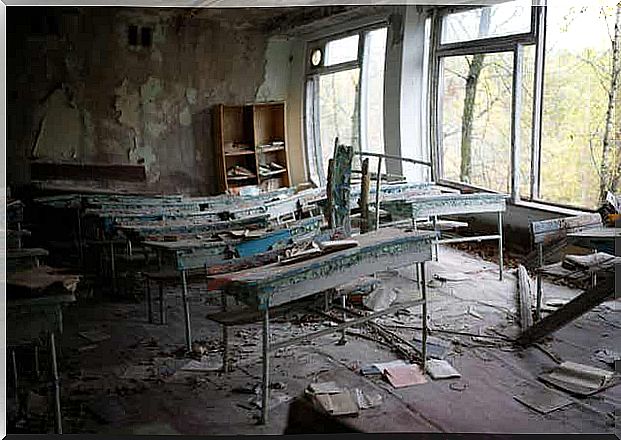
Study participants
The participants, who had in common that they were conceived after the accident, were divided into several groups. Technically, the procedure consisted of sequencing the genomes of 105 parents and 130 children born between 1987 and 2002.
This study took into account the children of workers who had hired to help clean up the area considered to be highly contaminated around the nuclear power plant. These workers were known as “liquidators” because they were involved in the clean-up operations after the disaster.
There were also the descendants of those evacuated from the nearby town of Pripyat, where more than 50,000 people lived. And finally, the inhabitants of other localities located within a radius of 70 km around the exploded reactor.
The obtained results
The study found no DNA damage in children born to parents exposed to radiation before conception. As Professor Gerry Thomas of Imperial College London explained: “Even the children of those who have been most exposed to radiation do not appear to have genetic traces of radiation.
The results surprised many people. This study was the first to provide evidence to support the hypothesis that there is no inherited genetic damage after radiation exposure.
The findings of the Chernobyl children study
Stephen Chanock, one of the principal investigators of this research, also from NCI, explained that the research team recruited entire families. This is so that scientific staff can compare the DNA of the mother, father, daughter or boy.
The conclusion is clear: the effect of radiation on parents’ bodies has no impact on the children they conceive in the future, that is, the children of survivors of the biggest nuclear disaster in history do not inherit mutations from their parents.
